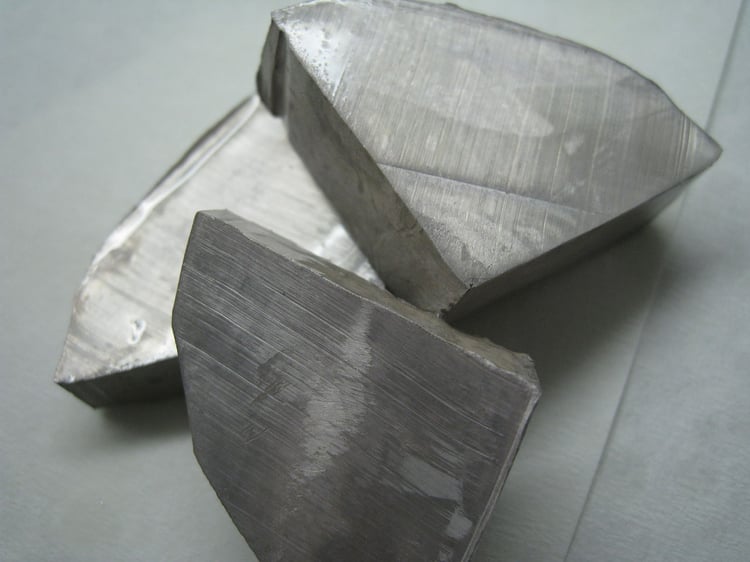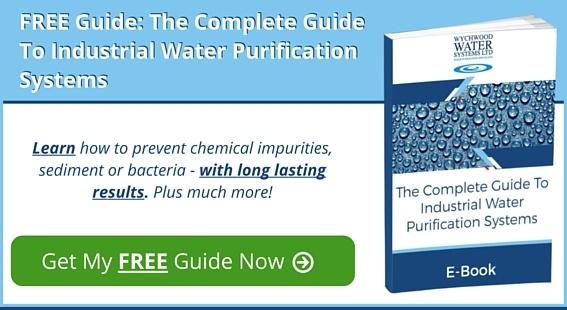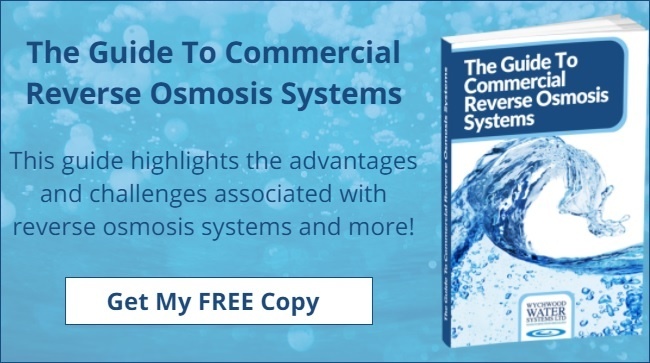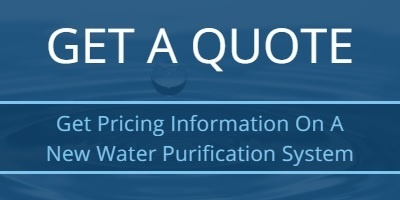
For industrial water purification, sodium removal is a rare requirement as it is not present in the mains water supply for most western countries. Sodium can, however, be present in the water supply in some coastal areas around the world and in countries that use a lot of road salt, and is also usually present in water that has been softened.
How To Remove Sodium From Water
Reverse osmosis (RO) systems continue to be the best way to remove 99% of the sodium from industrial water. There are several industrial RO systems available, which can make the right choice difficult to come by. Understanding how RO works to remove sodium from water is best explained by going back to the basics.
Osmosis Is A Naturally-Occurring Process
Osmosis is one of nature’s most important processes. Weaker saline solutions tend to migrate to stronger ones. The process of osmosis is used by plants to absorb water and nutrients from the soil, and also by humans when their kidneys absorb water from blood.
In water treatment, an osmosis system consists of two containers separated by a semi-permeable membrane. Fresh water is contained on the right, and salt water on the left, with the direction of water flow going from right to left. No energy is required for this process beyond water’s natural flow. The semi-permeable membrane in an osmosis system can be thought of as a screen door where only the smallest molecules can pass through, whilst the larger molecules are trapped on the other side.
Reverse Osmosis Requires Applied Energy
Reversing the osmosis process requires energy to be applied to the stronger saline solution in order to push it in the opposite direction. The basic setup of an RO system is the same as an osmosis system, with salt water on the left and fresh water on the right, and the semi-permeable membrane between the two. The difference, however, is that pressure is applied on the sodium-containing side in order to force it through the semi-permeable membrane from left to right.
Instead of simply collecting contaminants in the filter media, the water in an RO system crosses the filter in such a way as to send filtered water in one direction and contaminated water in another. This cross flow prevents contaminants from accumulating on the membrane by creating enough turbulence on the surface to sweep contaminants away and keep it clean.
When water is forced through the membrane in this way, almost all dissolved salts are left behind in what is called the ‘reject stream’. The desalinated water is called product or permeate water.
The RO Process
Water is pushed through the membrane with a high-pressure pump. The amount of pressure required to force water across the semi-permeable membrane in an RO system will depend on how saturated the feed water is by sodium. The higher the sodium concentration, the more pressure will be required to overcome the natural osmotic pressure.
When adequate pressure is applied, water molecules can pass through the membrane and the contaminants can be discharged. The contaminated water can either be drained away, or used as feed water and passed through the system again for further cleansing. Learn how to get the best performance from your RO membranes here.
Single And Double Pass Systems
A single-pass RO system sees contaminated water passing through the semi-permeable membrane only once. The double pass RO system sees the permeate – or desalinated water – becoming feed water which is fed either through the same membrane a second time, or through a second RO system.
The double pass system allows water to be conserved. It also results in a much higher quality of permeate being produced and allows for the removal of CO2.
Proper Pre-treatment Is Crucial
Reverse osmosis is a reliable way to produce water of a high purity. The pre-treatment of feed water is absolutely crucial, however. Pre-treatment ensures the high purity of treated water and lengthens the life of membranes and the RO system overall.
It’s important to note that eventually, all RO systems will experience membrane clogging or fouling at some point. Fouling occurs when contaminants like salt, organics, dirt and microorganisms become stuck on the surface of a semi-permeable membrane. Fouling can prevent the membrane from properly filtering feed water due to the fact that the pore size in an RO system’s semi-permeable membrane is microscopic. In ensuring that feed water is adequately pre-treated, the life of the both the membrane and the RO system itself can be extended significantly.
Scale Formation And Pre-treatment
Scaling in an RO system occurs when a salt exceeds its solubility. This process occurs in three stages; the first being the concentration of ions in solution on the semi-permeable membrane. This phenomenon occurs in the boundary layer next to the separating surface. At this stage, scaling can be reversed.
If left to continue, the ions in concentration develop further, becoming more ordered in their arrangement on the surface of the membrane. It is at this second stage that nuclei also begin to form due to the increased clustering of ions. Although this second stage is reversible, complete reversal is less likely.
Scaling’s final stage sees irreversible crystal growth. Should the sodium in feed water continue to exceed its solubility, crystals will continue forming indefinitely unless something is done to interfere with their growth.
Scale Inhibitors
Modern scale inhibitors interfere with crystal growth at one or more stages. An irregular crystal structure and poor ability to form scale are both results of crystal distortion effect inhibitors. Threshold effect inhibitors slow the precipitation of salts that have exceeded their solubility. Finally, dispersancy is an electrical scale inhibitor option that sees a charge being placed on crystal surfaces. This charge causes crystals to repel one another, thereby preventing clogging of the membrane. Making an Informed Decision about your next Water Treatment System
Sodium removal is a necessary, yet complicated, part of effective water treatment and purification. A good start to ensuring your plant effectively removes sodium is to take advantage our professional experience and expertise in the field. Our free “Guide To Industrial Water Purification Systems” has the information you need to choose the best treatment system for your facility. You can download the eBook right now by clicking here. You can also get in touch with us via email on sales@wychwood-water.com if you have any questions about your water treatment options.










 We are a specialist independent company involved in water purification and water treatment technologies
We are a specialist independent company involved in water purification and water treatment technologies


